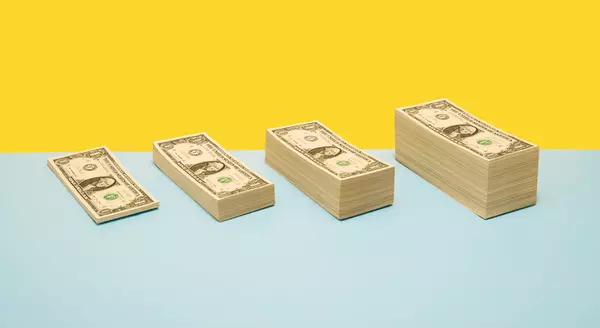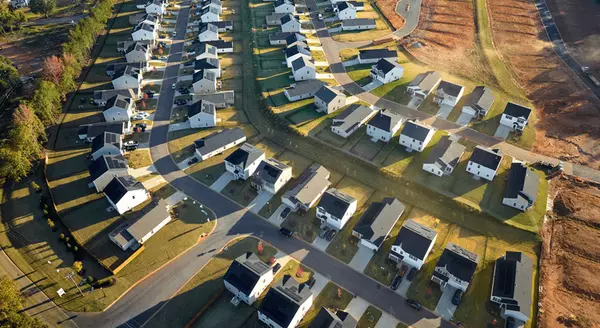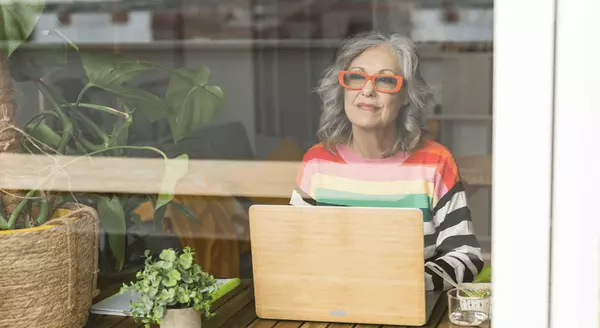Winterizing the interior of your home
As winter approaches, it's important to prepare not only the exterior but also the interior of your home for the colder months. Winterizing the interior of your home is an important step to make your living space more comfortable, energy-efficient, and prepared for the cold winter months.
Here are some steps to consider when winterizing the interior of your home:
-
Seal Leaks: Inspect doors and windows for drafts, and use weatherstripping or caulking to seal any gaps. This will help keep cold air out and warm air in.
-
Check Insulation: Ensure that your home's insulation is in good condition. If needed, add more insulation to your attic, walls, and basement to improve energy efficiency.
-
Service Heating System: Have your heating system, whether it's a furnace, heat pump, or radiator, professionally serviced. Change the air filter and consider installing a programmable thermostat to regulate indoor temperatures.
-
Reverse Ceiling Fans: If your ceiling fan has a reverse function, set it to clockwise rotation. This will push warm air down and help distribute it throughout the room.
-
Seal Fireplace: If you have a fireplace, make sure the damper is closed when not in use to prevent heat from escaping. Consider using a fireplace cover or insert to seal it off completely.
-
Insulate Pipes: Protect your plumbing by insulating exposed pipes to prevent freezing. This is especially important in unheated areas like basements and crawl spaces.
-
Check for Safety: Test smoke and carbon monoxide detectors to ensure they are in working order. Change the batteries if needed.
-
Prepare for Power Outages: Have an emergency kit ready, which may include flashlights, candles, matches, blankets, and non-perishable food items in case of power outages.
-
Adjust Window Coverings: Use heavy curtains or thermal blinds to help insulate windows. Keep them open during the day to let sunlight in and closed at night to retain heat.
-
Seal Ducts: If you have a forced-air heating system, inspect and seal any leaks in the ductwork to improve efficiency.
-
Use Draft Stoppers: Place draft stoppers at the bottom of doors to prevent cold air from entering and warm air from escaping.
-
Reprogram Thermostat: Adjust your thermostat settings to lower the temperature when you're not at home or while you're sleeping. This can help reduce heating costs.
-
Install a Humidifier: Winter air can be very dry, which can make your home feel colder. Using a humidifier can add moisture to the air and make your home more comfortable at lower temperatures.
-
Clean and Reverse Ceiling Fans: Dust and clean ceiling fans, and reverse their direction to help circulate warm air downward.
-
Prepare for Winter Storms: Have essential supplies on hand, such as extra blankets, non-perishable food, and a backup heat source (if safe and practical) in case of severe weather and power outages.
By taking these steps to winterize the interior of your home, you can make your living space more comfortable, reduce your energy bills, and be better prepared for the challenges of the winter season.


cell 719.238.0330 office 719.536.4444
Marquesa@ColoradoHearthstone.com
6760 Corporate Drive, Ste. 300 | Colorado Springs, CO 80919
Categories
Recent Posts










GET MORE INFORMATION


